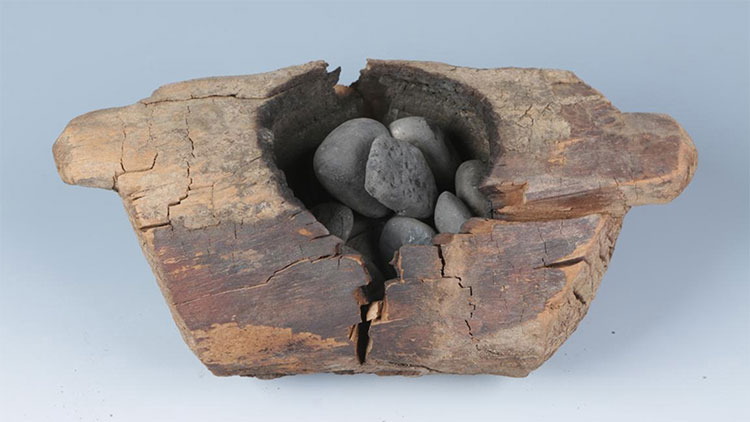Traces of cannabis found in an ancient tomb in western China provide the earliest evidence of the use of this plant.
Researchers report that the accidental discovery of the tomb of a high-ranking soldier from the Tang Dynasty (a dynasty that ruled China from 618 to 907 AD) and the finding of items placed in the coffin have given them insights into a plant that played a significant role in the diet over 1,000 years ago.
This plant is cannabis.
Specifically, in 2019, while workers were renovating a playground at an elementary school in Shanxi Province, they uncovered a tomb. They immediately notified archaeological experts. After carefully excavating the tomb, specialists determined that it was a 1,320-year-old tomb, belonging to a soldier from the Tang Dynasty.
The tomb’s occupant was Guo Xing, a cavalry captain who fought against the Tang Dynasty emperor Li Shimin in a series of bloody battles on the Korean Peninsula.
For 1,320 years, the tomb remained undisturbed, with wall paintings and artifacts almost perfectly preserved in an unusually dry chamber. Inside one of the main food storage jars, researchers were astonished to find remnants of cannabis, with some seeds still retaining their original color.
The ancient seeds were nearly twice the size of typical modern cannabis seeds, indicating they were unlike the cannabis plants known today.
Many historical texts from China suggest that this plant was an important food source, but archaeological evidence supporting these written accounts is scarce. Therefore, although the discovery was made in 2019, it has taken scientists time to gather data to understand why cannabis was so widely used during the Tang Dynasty.
In a study published on June 12 in the journal Science Advances, the authors concluded that cannabis may have been used in burial rituals as a means of communication with deities or the deceased.

Incense burner and stones used to burn cannabis. (Photo: CNN).
However, researchers are uncertain whether ancient people smoked cannabis in the same way as today. It is more likely that cannabis was burned as incense in enclosed spaces for inhalation. Dr. Nicole Boivin, director of the Max Planck Institute for the Science of Human History and the lead author of the study, noted that ancient people burned cannabis on hot stones inside wooden incense burners. According to Dr. Boivin, this was the only way to inhale cannabis before the invention of pipes.
The research team found 10 incense burners in the Jirzankal cemetery in the Pamir Mountains near the border between China and Pakistan. Cannabis has been cultivated in East Asia for seeds and fibers for at least 4,000 years BC. However, in ancient times, many cultivated cannabis species, as well as wild cannabis, had very low levels of psychoactive compounds.
Many historians believe that the practice of smoking cannabis originated from the ancient Central Asian steppes, but the only evidence is a passage from the Greek historian Herodotus written at the end of the first millennium BC. According to the authors, this research provides compelling evidence of the practice of smoking cannabis in this region, although it remains unclear whether those buried in the Jirzankal cemetery actively cultivated cannabis.


















































